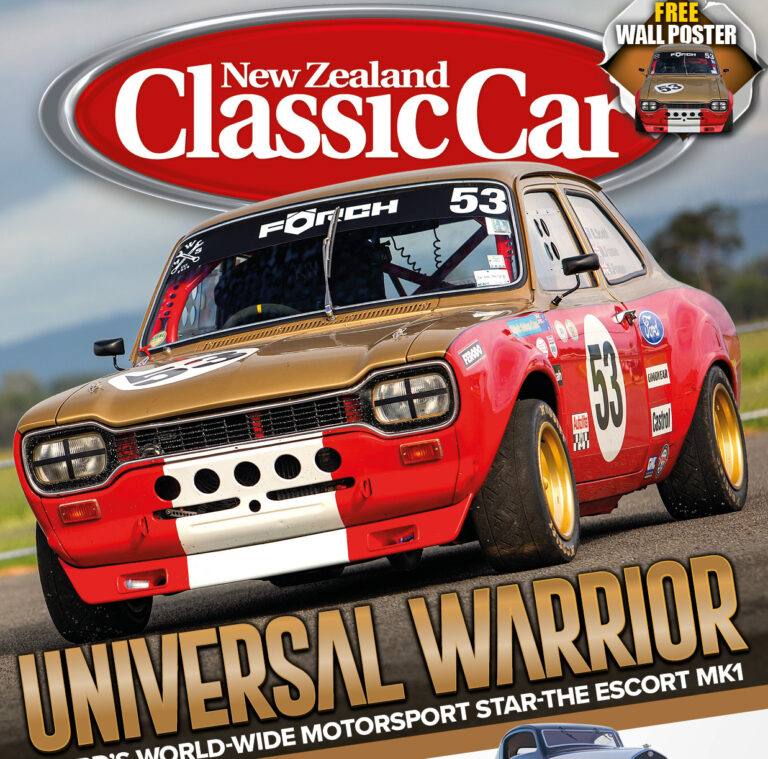data-animation-override>
“Every month we ask the NZV8 cover car over for the concept they’d most like to build, or see built ”
On the cover of NZV8 Issue No. 121, you’ll have seen the Hemi–powered Cuda that Bic Anderson built, so imagine what ideas would lurk in his mind if reality didn’t matter.

“OK, since concept is the theme here, I’ve got an idea of what might have happened in 1972,” says Bic Anderson.
“USAC, a US motorsport governing body, was worried about the fuel crisis, and, as such, decided to create a race series where the Big Three manufacturers (General Motors, Ford, and Chrysler) were tasked with designing high-efficiency cars to race in a state-versus-state race series. Each car would be driven by a professional driver, and would run its state colours and have corporate sponsors. They would be rated on their maximum speed, economy, lap time, and drivability.
“Chrysler decided to use its factory-supported race teams to do its R&D work. Petty Enterprises, Dan Gurney’s company, and Juan Nelson (whose son now runs Nelson Racing Engines) combined to come up with the fastest fuel-efficient race car they could. They chose a ’72 Dodge Challenger as the basis, as it best represented a scaled-down version of its larger B-body cousin — the Superbird. Petty Enterprises transferred all of its wind tunnel info — learned from the low-drag, high-downforce Superbird — over to the Challenger, with proportional nose and rear-wing dimensions.
“Juan Nelson built a twin-turboed 340ci small block using Hilborn’s latest mechanical fuel injection system. The system used a newly developed injector with superior atomization for increased power, economy, and drivability at part throttle.
“Dan Gurney oversaw the build at his premises in California, where, amongst other things, he installed the latest six-speed gearbox from Jerico, along with the latest low run-out wheels from Aero, with the latest Z-rated tyres from Goodyear.
“Obviously, the first car that rolled out of Gurney’s shop was painted in a combination of blues, to represent the Petty and Gurney traditional blue liveries.
“Now that’s an alternative reality I’d like to live in!” says Bic.


